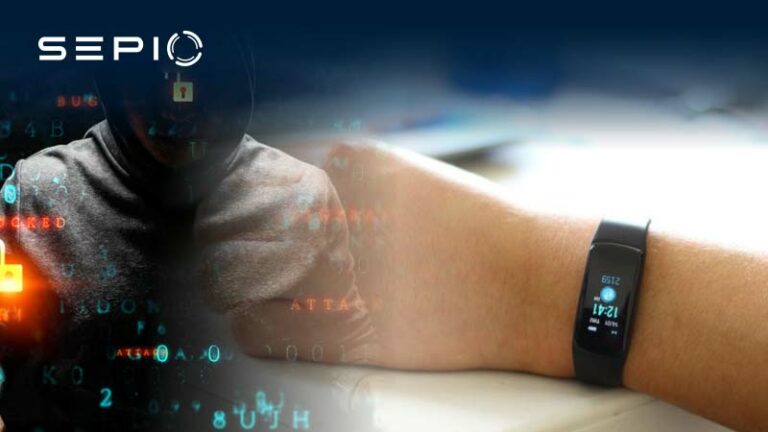Biometric sensors have become critical components in modern security systems, measuring and analyzing unique human characteristics, such as fingerprints, facial features, and palm veins, for authentication or identification purposes. These sensors translate biometric data into digital formats that can be processed and compared with stored data to confirm identity.
Despite their sophistication, biometric sensors are vulnerable to bypass techniques like fingerprint bypass and other advanced hacking techniques, leading to severe security vulnerabilities. Learn more about biometric sensor security vulnerabilities and protective measures.
Biometric Sensor Bypass Use Case
A growing concern for organizations that rely on biometric authentication is the risk of biometric sensors bypass. In one notable case, a large corporate bank using palm-vein biometric authentication discovered that its biometric sensors had been bypassed. Hackers managed to compromise the palm-vein scanner, granting unauthorized access to secure areas. The breach was detected by a third-party security system, which identified the device tampering within the palm-vein scanner, highlighting how easily biometric sensor authentication can be bypassed if the right security measures aren’t in place.
Understanding Biometric Sensor Bypass Techniques
There are various forms of biometric authentication, including fingerprint recognition, iris scanning, typing patterns, and palm geometry. While fingerprint recognition remains the most widespread form of biometric authentication, its vulnerability to hacking is becoming more apparent. Bypassing biometric sensors can be achieved using various techniques, one of which involves intercepting and manipulating the biometric data during the authentication process.
In the case mentioned, the attacker used a BeagleBone board running USBProxy. By connecting the device to both the scanning unit and the system storing biometric data, the perpetrator was able to bypass the biometric sensor’s authentication process. This exploit demonstrates how easy it can be for hackers to use off-the-shelf hardware to compromise even the most advanced biometric security systems.
Securing Biometric Sensors Against Bypass Attacks
Biometric sensor authentication systems are becoming increasingly popular in everyday devices, from smartphones to laptops. They are also widely used in high-security environments, such as banks and government agencies. However, as the threat of biometric sensor bypass grows, organizations must adopt advanced cybersecurity measures. These measures are crucial to protect their systems effectively.
Sepio’s patented technology uncovers hidden hardware attacks operating over network and USB interfaces, which are often used to bypass biometric security. Sepio’s solution leverages physical layer fingerprinting, detecting and blocking unauthorized devices before they can exploit biometric systems.
Sepio platform uses advanced Machine Learning algorithms to analyze device behavior in real-time. It identifies abnormalities, such as rogue devices mimicking legitimate peripherals. This level of visibility into hardware activity is essential for preventing biometric authentication bypass. It also helps maintain the integrity of security systems.
Biometric Sensors CyberSecurity
As biometric authentication continues to evolve, so do the methods attackers use to bypass these systems. To stay ahead of these threats, organizations must implement robust security solutions. These solutions should not only protect biometric data but also monitor and mitigate hardware-related risks.
Sepio’s cutting-edge cybersecurity technology offers a strong defense against biometric sensor bypass. It helps organizations maintain control over their secure environments and reduces the risk of unauthorized access.
If you’re concerned about vulnerabilities in your biometric authentication systems, contact Sepio today. Learn how our patented technology can safeguard your organization from hardware-based attack threats.
Talk to an expert. It will help you understand how to use Sepio’s patented technology to gain control of your asset risks.
Read the Case Study: Hackers Bypass Biometric Sensors (pdf)





